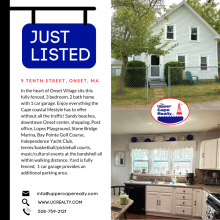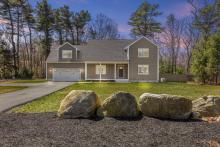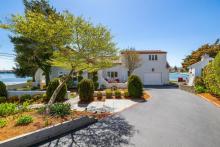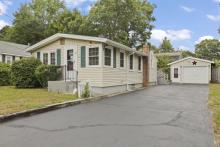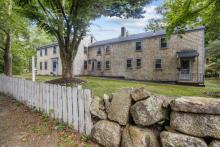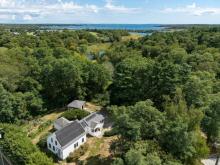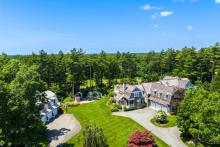Opinion: In opposition to the imposition of a Historic District in Marion
To The Editor:
As a resident of the proposed Historic District, I write to express my opposition to the bylaw proposal as it is currently written. While I value our village’s unique historical character and initially approached this initiative with an open mind, my engagement with the Historic Commission’s process and a careful review of the data has led me to conclude that the proposed bylaw is overly broad, lacks evidentiary support, and is driven more by subjective aesthetics and political concerns than by objective need.
My home, built in 1853 by local carpenter Augustus Handy, is a piece of Marion’s history that I cherish. I have participated in the commission's public meetings, where the urgency to preserve the village’s historical fabric was framed around concerns of “insensitive” renovations and the rise of so-called “McMansions.” However, despite repeated claims, the commission did not provide concrete examples or data to substantiate the claim that recent development within the proposed historic district is undermining our historic integrity.
Motivated by the absence of clear data, I undertook my own research into the 207 properties within the proposed district. I focused on the past decade of activity, examining renovations, demolitions, and new construction. Here’s what I found:
Renovations and Additions: Roughly 17% of the properties have undergone some form of renovation or investment. These improvements—ranging from new siding to additions—were largely respectful of original designs and materials. Far from harming the neighborhood’s character, these projects have enhanced the overall look and integrity of the properties and, by extension, the proposed district.
Demolitions and Rebuilds: 7 homes—approximately 3%—have been demolished and rebuilt over the last 10 years. In nearly every case, the original structure required substantial investment to preserve or bring up to code. The replacement structures were designed by local architects and built with high-end materials—none fit the classic definition of a “McMansion,” which implies oversized, incoherent designs using cheap, mass-produced components.
The term “insensitive,” often used by the commission, is inherently subjective. Based on my observations, none of the new builds appeared disrespectful to the community’s character or history. Many reflect thoughtful design that speaks to the needs of modern life while still contributing positively to Marion’s evolving architectural landscape. Some developments, such as new condominiums, serve a clear community purpose—supporting an aging population with suitable housing options.
I have shared these findings with representatives from the Historic Commission, and while we had constructive dialogue, our core disagreement centers on the issue of size and scale. Concerns about large homes are not inherently historic in nature. They are planning and zoning issues, better addressed through targeted zoning reforms—such as refining building coverage ratios, setbacks, and lot sizes—not through a sweeping historic bylaw that introduces another layer of bureaucracy and subjective committee oversight.
In essence, this bylaw seems to be a solution in search of a problem. Marion is not in the midst of a teardown crisis. What I see is a community in a period of renewal and thoughtful investment. Homeowners are maintaining and improving their properties. Local businesses and tradespeople are thriving from the work being done. Our tax base is growing, supporting our schools, infrastructure, and civic life. This is not a threat to be curbed; it is a sign of a healthy, evolving town.
We must ask ourselves: what kind of change are we truly resisting here? Marion has always been a blend of architectural styles, shaped over 245 years of history. To preserve its character, we don’t need to freeze it in time. We need to manage growth with intelligence, flexibility, and fairness—something better achieved through zoning policy, not a restrictive historic bylaw.
On May 12, I urge my fellow residents to vote no on the proposed historic bylaw. Let’s reject unnecessary oversight and embrace a vision of Marion that respects our past while welcoming thoughtful, well-designed investment in our future.
Sincerely,
Johanna Vergoni




